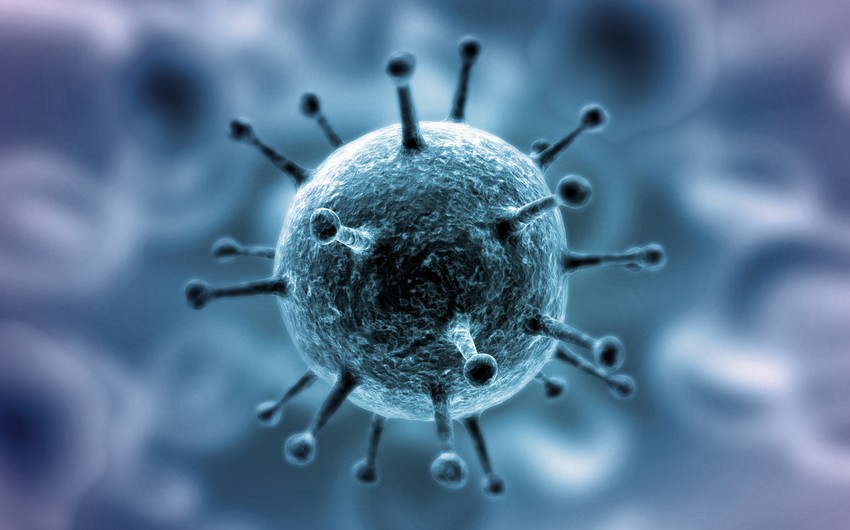Cold and stale air conditions allowed coronavirus particles to travel more than 8 meters (26 feet) at a German slaughterhouse. A study showed, giving an insight into how meat plants turned into hotspots for infections across the world.
Researchers reconstructed the likely cause of the outbreak at a Toennies Group slaughterhouse in Rheda-Wiedenbrueck, where about 1,500 workers contracted the virus. Similar conditions at plants globally are a reason they've become virus epicenters, according to the report from groups including the Helmholtz Center for Infection Research.
Meat plants from the U.S. to the U.K. and South America have seen the rapid spread of the virus, infecting thousands of employees who often work in close proximity to processing lines. Dozens of workers have died, and labor advocates have said that a lack of social distancing could continue to put people at risk.
Outbreaks also forced American meat plants to close earlier this year, sparking some protein shortages.
Meanwhile, China is ramping up testing of imports of cold food for the virus. Even as global scientific experts say that the likelihood of transmission through food is extremely low, the Asian country has slapped export bans on some abattoirs with cases, further fueling the urgency to contain the disease.
The Toennies outbreak likely began from one employee in May and was transmitted mainly in the plant's dismantling area, where rooms are often chilled to 10C degrees (50 Fahrenheit). Chilly air circulated without frequent changes - coupled with strenuous work conditions - helped particles move large distances, said Adam Grundhoff, a co-author of the study.
"Likely, these factors generally play a crucial role in the global outbreaks in meat or fish processing plants," said Grundhoff, a research group leader at the Heinrich Pette Institute, Leibniz Institute for Experimental Virology. Under these conditions, a distance of 1.5 to 3 meters between workers isn't sufficient to prevent transmission, he said.
Workers at meat plants represent some populations facing a disproportionate hit from the health crisis and its economic fallout.


 https://static.report.az/photo/0ba6b1cb-9c1d-3227-b5b7-f28bbed42526.jpg
https://static.report.az/photo/0ba6b1cb-9c1d-3227-b5b7-f28bbed42526.jpg

